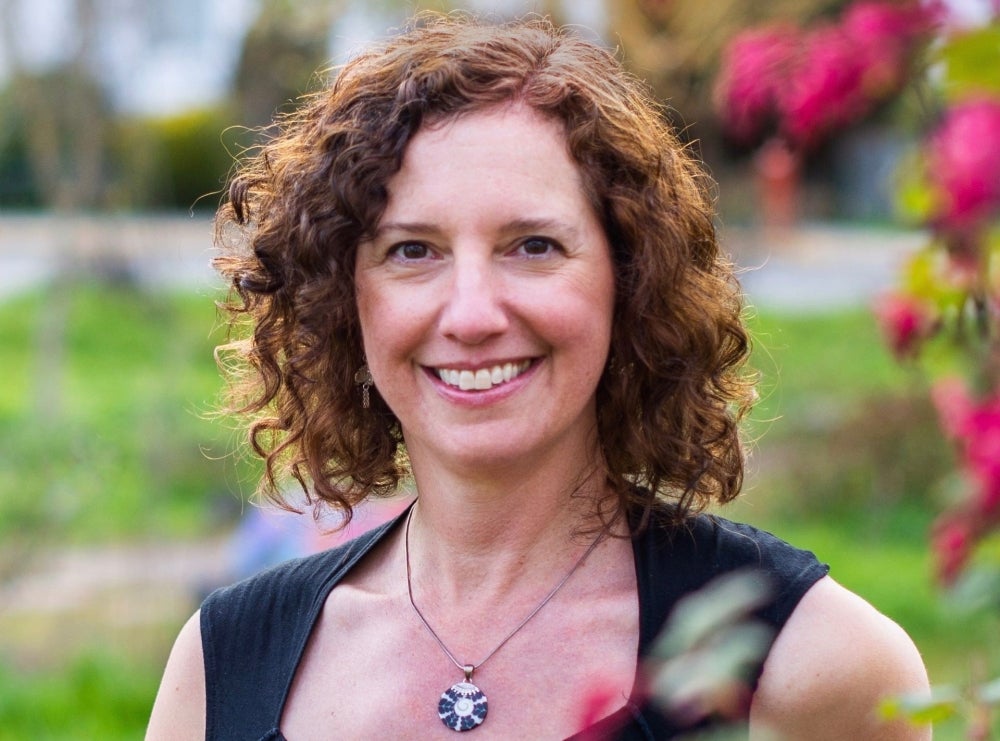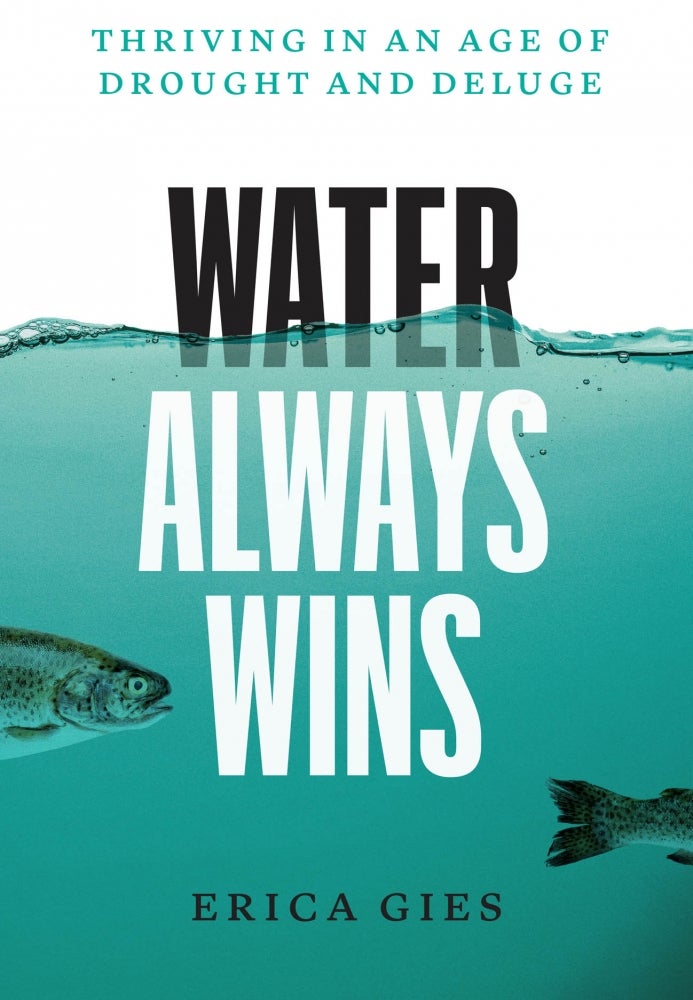
What Water Wants

In our attempts to control water in some of its most extreme forms — from too much rain to not enough — we’ve long turned to feats of engineering, technology and lots of concrete. For generations, we’ve relied on dams, reservoirs, levees and, increasingly, desalination. But these bids to tame Mother Nature don’t always work.
In fact, according to science journalist Erica Gies, many of our most commonly applied solutions can actually exacerbate problems caused by big floods and megadroughts, especially as climate disasters become more frequent and intense.
“Climate change and population growth are exposing the weaknesses of our solutions,” said Gies, who will speak at UC Santa Barbara about her book, “Water Always Wins: Thriving in an Age of Drought and Deluge.” “We’re hitting the limit of our engineered systems.”
Free and open to the public, Gies’s talk on Wednesday, Nov. 16 at 5–6:30 p.m. in the McCune Conference Room, is being presented by the Capps Center for the Study of Ethics, Religion and Public Life. After a brief overview, Gies will be in conversation with Greg Jarrett, a lecturer of applied ethics in the philosophy and religious studies departments, followed by an audience Q&A.
Part of the Capps Forum of Ethics and Public Policy, the event is co-sponsored by the Environmental Studies Program, the Bren School of Environmental Science & Management and the UC Disaster Resilience Network.
Jarrett, who is currently teaching a course on environmental ethics, said Gies’s talk is a good fit for the forum because “it rethinks our ethics of dominion over nature.”
For example, Gies said, our go-to fix for urban flooding often involves harnessing runoff quickly through concrete channels. But increasingly, these systems can become dangerously overwhelmed.
At the same time, this infrastructure prevents rainfall from soaking into the ground to nourish wildlife habitat and replenish aquifers, meaning less is available during the dry season.
In that respect, her book is also about cutting-edge hydrologists and restoration ecologists, among others, now working with — not against — nature and asking, ‘What does water want?’
Gies calls it the slow water movement, akin to the slow food movement founded in the late 1980s in Italy to protest fast food and its attendant health and environmental costs.
The slow water approach, she explained, “takes a system perspective that works with local landscapes, climates and cultures rather than trying to control or change them.”
On a large scale, Gies added, “Think wetlands and floodplains scattered throughout a watershed instead of a big dam and reservoir.” On a smaller scale, communities plagued by cycles of drought can help replenish underlying groundwater reserves by funneling runoff into natural catchments called bioswales.
“Slow water is not static or predictable like concrete,” Gies wrote. “Nature is messy. Water rises and falls. Plants sprout, live and die. Mud is exposed. Although these spaces can be beautiful — perhaps more beautiful than, say, a dam — people might not always like what they see. Widespread adoption of slow water will require an attitude adjustment to accept a dynamic environment, seeing riverbanks and coastlines as flexible living spaces that are periodically inundated."
She added, "Fundamentally the book is about our need to change our relationship with water — to shift how we think about water, to examine our relationship to it, and to make space for it.”



